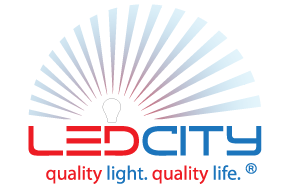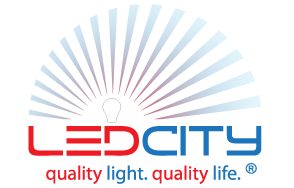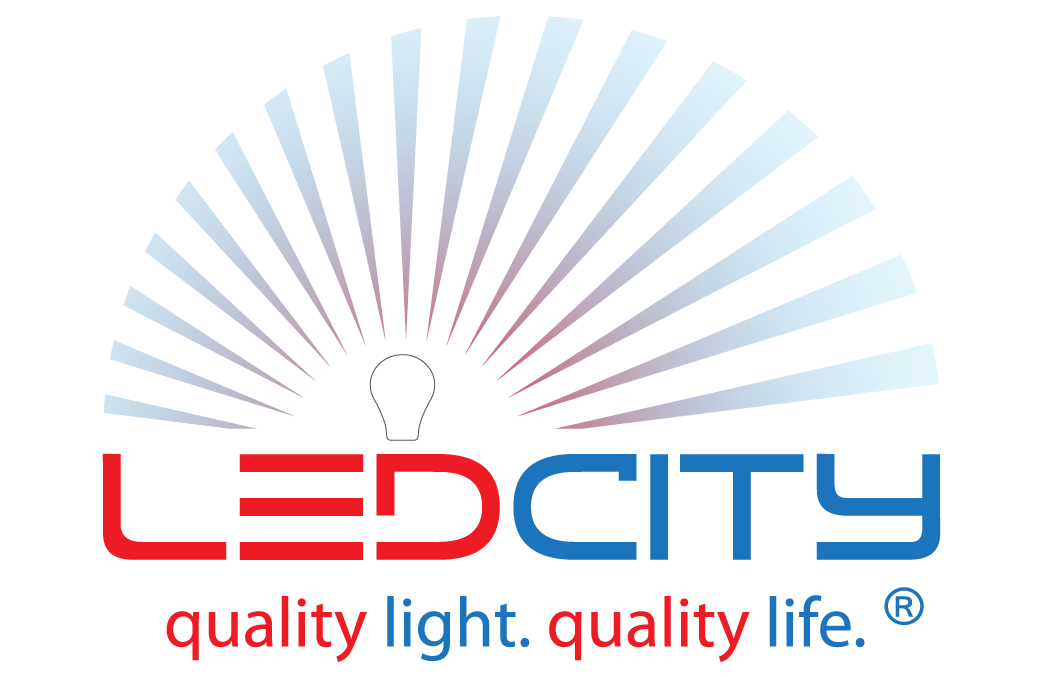LED Lighting for Restaurants

Lighting for restaurants is an art in itself, and each one needs to be handled differently to ensure several different criteria are met. A good customer experience is the overriding aim for every restaurant and restauranteur, and the lighting plays an important role in ensuring that aim is achieved.
Restaurant Lighting Objectives
Each restaurant establishment will have its own specific needs, but there are general rules that make the process so much easier and straightforward.
Setting the Right Tone and Ambience
The effect light has on the overall feel of a place cannot be overstated. The way a place is lit, the amount of light and dark, the harshness and depth of the lighting all have a profound impact on our perception of that place, both on a conscious and a subconscious level. The location, the building, the time of day, the weather and the season are all things that are beyond our control, but they can all be managed, eliminated, and even used to our advantage if we get the lighting correct. The desired atmosphere that you want to create in a restaurant very much depends on the type of establishment, and the building where it is located.
The options for restaurant lighting are numerous and range from a romantic candlelit setting at one end of the spectrum, to a brightly lit, ultra-modern affair at the other. As mentioned, this is dictated by both the type of restaurant and its architectural setting. The atmosphere may be something that you wish to change during the day, for example, the ambience at breakfast, lunch, afternoon tea and dinner should all be different. These are all things that you need to be aware of before deciding on your light fittings.
Brand Image
In certain circumstances, a particular restaurant will have specific lighting requirements. Some restaurants, for example, will need to follow a certain theme to ensure they are in keeping with their brand. Restaurants housed in locations with exposed brickwork; where there are architectural features, or ones that feature artwork should make good use of wall lights and wall washers in the first two instances, and spotlights for the last example.
Restaurant Lighting Spaces
Importance though it is, the atmosphere you are trying to create isn’t the only consideration you need to take into account. At the end of the day, a restaurant is a business where members of the public will interact with each other and the staff, and also where the staff have to carry out often tricky and fiddly tasks.
At the Table

The phrase “candlelit dinner” is synonymous with romance, intimacy, privacy. Though the focus here may be on a single table held candle or light, even in this case, there are rules that need to be adhered to in order to achieve that main aim of the business – a good customer experience. When choosing your restaurant lighting, it is as important to think of the shadows and the darkness the lighting creates, as much as the actual areas of illumination. These should be used to your benefit, and can really add to a place’s charm, character and atmosphere.
Regardless of the lighting level – even in the most romantic, intimate setting, diners need to be able to see the food they are eating; the food needs to look attractive, and the guests need to be able to see everyone around the table in order to hold proper conversations. They will also need sufficient lighting in order to read a menu and pay at the end of the meal. A general principle is that people much prefer to be in more subdued light than the so-called active areas – in this case, the table top is the active area, and so should be more well-lit than its surroundings.
The main lighting in restaurants is mood lighting. It does depend on the overall lighting levels required, the amount of space, and the amount of daylight, but creating a nice diffuse illumination works very well, using predominantly wall lights, wall washers and strips, and then using downlights as task lighting for the individual tables.
One thing that should never be overlooked is the colour temperature of your lighting. The appearance of the light is expressed in terms of temperatures and is measured in Kelvin (K). For white colours, these range from daylight (5000k and above), through neutral (3700K to 5000K) down to warm (up to 3700K). The use of warmer lighting from the bottom end of the spectrum instantly gives a more welcoming, relaxing and convivial atmosphere.
Another factor to consider is the colour rendering of the lighting. Once again, this is expressed on a scale from 0 Ra up to 100 Ra with 100 giving the best, most natural and realistic results. In order for the food to look natural, and appetising, lighting with a high index should be chosen, ideally not below 80 Ra.
In the Kitchen

An important part of the restaurant is obviously the kitchen or kitchens. Here bright task lighting should be used, to ensure all work surfaces are lit adequately. Downlights, panel lights and track lights are ideal, once again with a high colour rendering index of 80 Ra and above. For health, safety, and hygiene reasons, there should be no shadows, so it is essential there are enough lights to cover all the space, not just the work surfaces. Lighting in kitchens is very often covered by strict standards, so check what these are in your location before proceeding.
Two more things to consider when choosing lighting applications to be used in kitchens are first that they should avoid glare, which is a potential problem due to the nature of the surfaces, tools and equipment. This is done by creating multi-layer lighting from many sources. Glare is also reduced by having daylight if and when this is possible.
The second consideration is that the steamy atmosphere means the lights used should be designed to be used in damp or wet conditions.
Other Areas

General lighting in such areas as the reception, cloakroom and bathrooms need to be sufficient and fit for purpose, so downlights are a good option with track and spotlights to provide extra illumination. The overall ambience should be in keeping with the rest of the establishment, however, unless it is the aim to contrast the dining section with other areas.
If there is a bar, this should be lit differently, with strip lighting often a good choice for the ambient lighting, while good use of spotlights can pick out specific features or bottles on display.
Outdoor dining areas need to be addressed separately. Glare is something that needs to be avoided at all costs, as the dark background means our eyes are particularly sensitive to bright lights. Up lighting, strip lighting and good use of shades and diffusers can provide the right amount of illumination without that unwanted glare.










